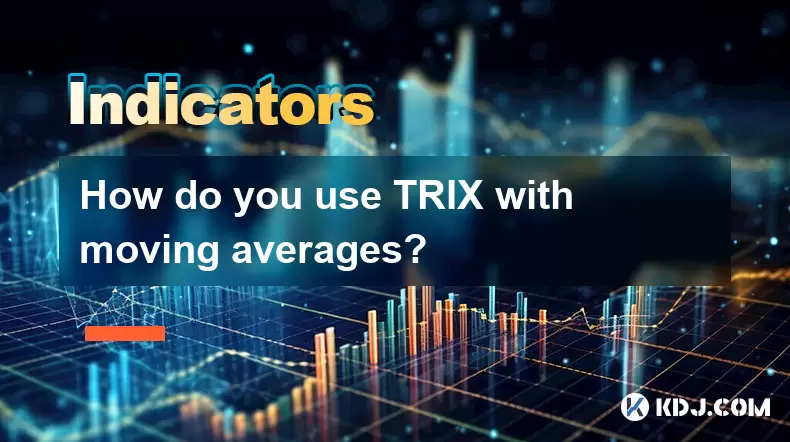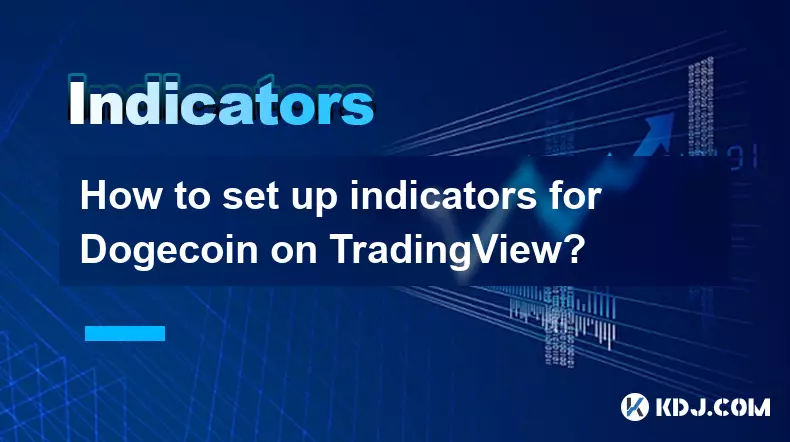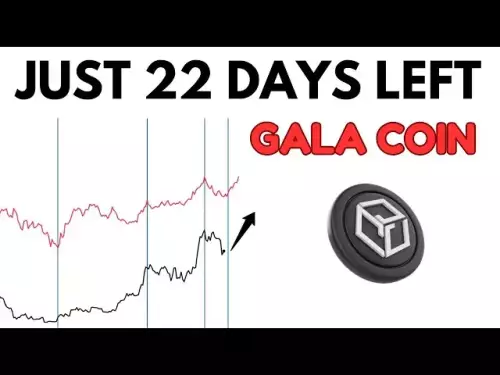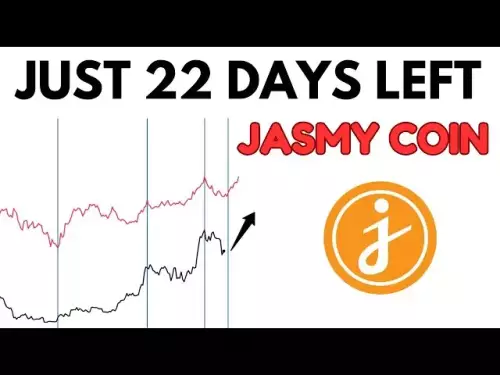-
 Bitcoin
Bitcoin $111700
-2.81% -
 Ethereum
Ethereum $4603
-3.72% -
 XRP
XRP $2.946
-2.80% -
 Tether USDt
Tether USDt $0.9998
0.02% -
 BNB
BNB $859.1
-1.16% -
 Solana
Solana $199.0
-4.50% -
 USDC
USDC $0.9999
0.01% -
 TRON
TRON $0.3517
-3.87% -
 Dogecoin
Dogecoin $0.2206
-5.06% -
 Cardano
Cardano $0.8705
-3.56% -
 Chainlink
Chainlink $24.97
-2.00% -
 Hyperliquid
Hyperliquid $45.27
2.41% -
 Stellar
Stellar $0.3921
-4.15% -
 Sui
Sui $3.479
-5.69% -
 Ethena USDe
Ethena USDe $1.000
0.00% -
 Bitcoin Cash
Bitcoin Cash $565.6
-4.80% -
 Avalanche
Avalanche $24.28
-4.82% -
 Hedera
Hedera $0.2377
-4.01% -
 UNUS SED LEO
UNUS SED LEO $9.508
-1.05% -
 Litecoin
Litecoin $112.6
-6.16% -
 Toncoin
Toncoin $3.215
-4.04% -
 Shiba Inu
Shiba Inu $0.00001244
-3.67% -
 Uniswap
Uniswap $10.28
-7.32% -
 Polkadot
Polkadot $3.909
-4.34% -
 Dai
Dai $0.9999
0.00% -
 Cronos
Cronos $0.1583
-1.98% -
 Bitget Token
Bitget Token $4.533
-3.76% -
 Monero
Monero $276.0
2.59% -
 Aave
Aave $329.3
-5.93% -
 Pepe
Pepe $0.00001031
-5.69%
How do you use TRIX with moving averages?
The TRIX indicator filters noise with triple-smoothed EMA, signaling trend shifts when crossing zero, and gains reliability when confirmed by moving averages like the 50-day EMA.
Aug 07, 2025 at 11:15 am

Understanding the TRIX Indicator
The TRIX (Triple Exponential Average) indicator is a momentum oscillator designed to filter out short-term price fluctuations and highlight longer-term trends. It is derived from a triple-smoothed exponential moving average (EMA) of closing prices, which makes it highly effective in identifying trend direction and potential reversals. The calculation involves applying an EMA to the closing price, then applying another EMA to the first EMA, and repeating the process a third time. The rate of change of this triple-smoothed average is then plotted as a line, typically accompanied by a signal line (an EMA of the TRIX line itself). When the TRIX line crosses above zero, it suggests bullish momentum. Conversely, a cross below zero indicates bearish momentum. Traders use this information to time entries and exits in trending markets.
Combining TRIX with Moving Averages for Confirmation
Using TRIX in conjunction with moving averages enhances the reliability of trading signals by combining momentum analysis with trend-following techniques. A common approach is to overlay a simple moving average (SMA) or exponential moving average (EMA) on the price chart and align its direction with the TRIX signal. For instance, when the price is above a 50-period EMA and the TRIX line crosses above zero, it confirms a bullish trend. Similarly, if the price is below the 200-period SMA and TRIX crosses below zero, the bearish signal gains strength. This dual-filter strategy reduces false signals generated by either indicator alone. The moving average acts as a trend filter, while TRIX provides early momentum cues.
Step-by-Step: Setting Up TRIX and Moving Averages on a Trading Platform
To implement this strategy on most charting platforms such as TradingView, MetaTrader, or ThinkorSwim, follow these steps:
- Open your preferred charting software and load the asset you wish to analyze.
- Navigate to the indicators section and search for "TRIX" or "Triple Exponential Average".
- Apply the TRIX indicator with a standard period setting, such as 14, though traders may adjust this based on volatility and timeframe.
- Add a signal line by enabling the EMA of the TRIX line, usually set to 9 periods.
- On the same chart, add a moving average, such as a 50-period EMA or 200-period SMA, by selecting the moving average tool and configuring the desired length.
- Adjust the visual settings so that the TRIX and signal lines are clearly distinguishable, often using different colors.
- Observe how the TRIX line interacts with the zero line and the signal line while simultaneously monitoring whether price action remains above or below the moving average.
This setup allows for real-time analysis of momentum and trend alignment.
Trading Signals Generated by TRIX and Moving Averages
Several actionable signals emerge when combining TRIX with moving averages:
- A bullish crossover occurs when the TRIX line crosses above the signal line while the price is trading above a key moving average like the 50-day EMA. This suggests accelerating upward momentum within an established uptrend.
- A bearish crossover happens when the TRIX line crosses below its signal line and the price is below a long-term SMA, such as the 200-day. This indicates strengthening downward momentum.
- A zero-line crossover in TRIX gains significance when confirmed by the moving average’s slope. For example, a TRIX move from negative to positive territory while the 100-period EMA is rising adds confidence to a long entry.
- Divergences between TRIX and price can also be powerful. If the price makes a new high but TRIX fails to surpass its prior peak, and the moving average begins to flatten, it may signal trend exhaustion.
These signals are most effective in trending markets and less reliable during sideways or choppy price action.
Optimizing Parameters for Different Timeframes and Assets
The effectiveness of TRIX and moving averages depends on proper parameter selection based on the asset and timeframe. For short-term trading on 1-hour or 4-hour charts, a 9-period TRIX with a 5-period signal line and a 20-period EMA may be suitable. In daily charts for swing trading, a 14-period TRIX paired with a 50-day EMA offers a balanced view. For long-term investors analyzing weekly data, a 30-period TRIX and 200-week SMA provide robust trend context. Cryptocurrencies, known for high volatility, often benefit from slightly longer TRIX periods to avoid whipsaws. Backtesting different combinations on historical data helps identify optimal settings. Always ensure the moving average period aligns with the trader’s holding period to maintain strategy coherence.
Common Pitfalls and How to Avoid Them
Traders often encounter issues when using TRIX with moving averages due to misinterpretation or improper configuration. One common mistake is acting on TRIX crossovers during sideways markets, where the indicator oscillates around zero without a clear trend. To avoid this, only consider signals when the moving average shows a defined slope—upward for longs, downward for shorts. Another issue is over-optimization, where parameters are fine-tuned to fit past data but fail in live markets. Use reasonable, round-number periods and validate across multiple assets. Additionally, ignoring volume or fundamental context can lead to poor entries. Always assess whether a TRIX signal coincides with increased trading volume or significant on-chain data shifts in crypto markets. Lastly, failing to adjust for asset-specific volatility can generate false signals. High-beta cryptos like Dogecoin or Shiba Inu may require longer TRIX settings than stablecoins or large caps like Bitcoin or Ethereum.
Frequently Asked Questions
Can TRIX be used with other oscillators alongside moving averages?
Yes, TRIX can be combined with oscillators like RSI or MACD to strengthen signal validation. For example, a TRIX zero-line crossover occurring when RSI exits oversold territory and price is above a 100-day EMA increases the probability of a sustainable rally. However, avoid using too many indicators that generate redundant signals, as this can lead to analysis paralysis.
What is the best moving average to pair with TRIX for cryptocurrency trading?
The 50-day EMA is widely used due to its responsiveness and ability to capture medium-term trends. In highly volatile crypto markets, some traders prefer the 100-day SMA for reduced noise. The choice depends on the trading style—short-term traders may use 20-period EMAs, while long-term holders rely on 200-day SMAs.
How do you interpret TRIX divergence with moving average confirmation?
If the price makes a higher high but TRIX forms a lower high, and the moving average begins to flatten or turn down, this bearish divergence suggests weakening momentum. Conversely, a bullish divergence occurs when price makes a lower low but TRIX prints a higher low, especially if the moving average slope starts rising, indicating potential upward reversal.
Is TRIX effective in ranging cryptocurrency markets?
TRIX is less effective in ranging markets because it generates frequent zero-line crossovers and signal line crossings without sustained trends. In such conditions, the moving average tends to move sideways, reducing its filtering power. Traders should avoid taking TRIX signals in consolidation phases unless combined with range-bound strategies like support/resistance breaks.
Disclaimer:info@kdj.com
The information provided is not trading advice. kdj.com does not assume any responsibility for any investments made based on the information provided in this article. Cryptocurrencies are highly volatile and it is highly recommended that you invest with caution after thorough research!
If you believe that the content used on this website infringes your copyright, please contact us immediately (info@kdj.com) and we will delete it promptly.
- Cold Wallet's CWT: The Undervalued Crypto Utility Token Primed for Post-ETF Success
- 2025-08-25 18:45:19
- Adele, Instagram, and Crypto Scams: A New York Minute on Celebrity Hacks
- 2025-08-25 19:05:12
- Mantle, Hedera, and BlockchainFX: Decoding the Hype
- 2025-08-25 19:25:14
- Token Unlocks & Crypto Markets: Decoding the $620M Jolt
- 2025-08-25 17:25:13
- Super Apps and Crypto UX: A New Era for User Experience
- 2025-08-25 17:30:12
- Zora Price Surge Fueled by Coinbase CEO: ATH in Sight?
- 2025-08-25 16:45:19
Related knowledge

How to set up indicators for Dogecoin on TradingView?
Aug 25,2025 at 04:23pm
Understanding Dogecoin and TradingView1. Dogecoin, initially created as a meme-based cryptocurrency, has evolved into a widely traded digital asset. I...

What does it mean when the +DI and -DI cross frequently in the DMI indicator but the ADX is flattening?
Aug 11,2025 at 03:15am
Understanding the DMI Indicator ComponentsThe Directional Movement Index (DMI) is a technical analysis tool composed of three lines: the +DI (Positive...

What does the sudden appearance of a "dark cloud cover" candlestick pattern during an uptrend indicate?
Aug 13,2025 at 11:35am
Understanding the 'Dark Cloud Cover' Candlestick PatternThe dark cloud cover is a bearish reversal pattern in technical analysis that typically appear...

What does it mean when the moving average, MACD, and RSI all send buy signals simultaneously?
Aug 11,2025 at 01:42pm
Understanding the Convergence of Technical IndicatorsWhen the moving average, MACD, and RSI all generate buy signals at the same time, traders interpr...

What does it mean when both the KDJ indicator and the RSI show overbought signals simultaneously?
Aug 13,2025 at 11:35am
Understanding the KDJ Indicator in Cryptocurrency TradingThe KDJ indicator is a momentum oscillator derived from the Stochastic Oscillator, widely use...

What does it mean when the price is trading above the SAR indicator but the red dots are densely packed?
Aug 09,2025 at 11:49pm
Understanding the SAR Indicator and Its Visual SignalsThe SAR (Parabolic Stop and Reverse) indicator is a technical analysis tool used primarily to de...

How to set up indicators for Dogecoin on TradingView?
Aug 25,2025 at 04:23pm
Understanding Dogecoin and TradingView1. Dogecoin, initially created as a meme-based cryptocurrency, has evolved into a widely traded digital asset. I...

What does it mean when the +DI and -DI cross frequently in the DMI indicator but the ADX is flattening?
Aug 11,2025 at 03:15am
Understanding the DMI Indicator ComponentsThe Directional Movement Index (DMI) is a technical analysis tool composed of three lines: the +DI (Positive...

What does the sudden appearance of a "dark cloud cover" candlestick pattern during an uptrend indicate?
Aug 13,2025 at 11:35am
Understanding the 'Dark Cloud Cover' Candlestick PatternThe dark cloud cover is a bearish reversal pattern in technical analysis that typically appear...

What does it mean when the moving average, MACD, and RSI all send buy signals simultaneously?
Aug 11,2025 at 01:42pm
Understanding the Convergence of Technical IndicatorsWhen the moving average, MACD, and RSI all generate buy signals at the same time, traders interpr...

What does it mean when both the KDJ indicator and the RSI show overbought signals simultaneously?
Aug 13,2025 at 11:35am
Understanding the KDJ Indicator in Cryptocurrency TradingThe KDJ indicator is a momentum oscillator derived from the Stochastic Oscillator, widely use...

What does it mean when the price is trading above the SAR indicator but the red dots are densely packed?
Aug 09,2025 at 11:49pm
Understanding the SAR Indicator and Its Visual SignalsThe SAR (Parabolic Stop and Reverse) indicator is a technical analysis tool used primarily to de...
See all articles

























































































